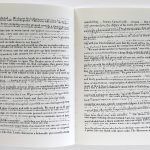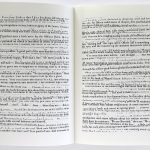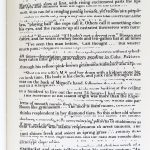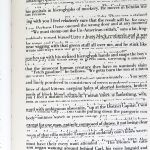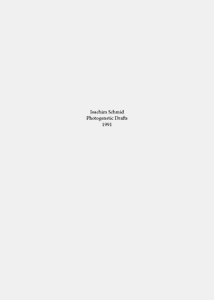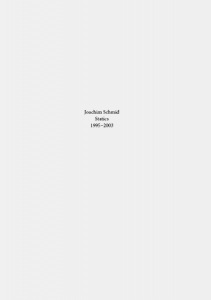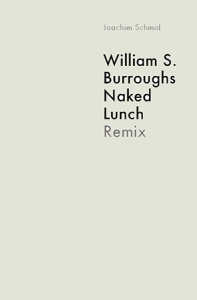
During the past century artists, writers, filmmakers, and musicians have experimented in many different ways with chopping up and re-mixing materials in order to create new expressions of reality. In the early nineties I began re-combining discarded cut-up negatives in the series Photogenetic Drafts. A few years later I was repurposing materials by developing a method of splicing up visual and textual materials through the use of an office paper shredder – putting the shreds together in new random constellations in the series Statics. The idea was to recycle materials that I had accumulated but didn’t want to use anymore, including my own photographic prints. In Naked Lunch Remix I have applied the same method on William Burroughs’ classic milestone of the cut-up technique.
2022
digital print, b/w
12.5 x 19 cm, 108 pages
softcover, sewn
edition of 100 copies
24 €

